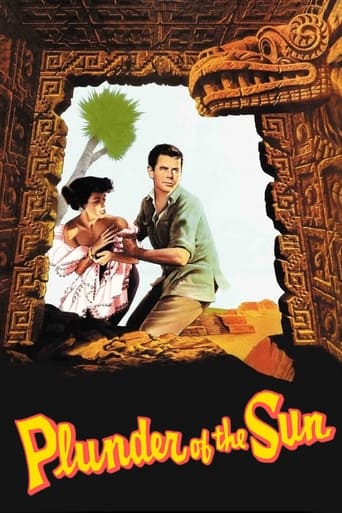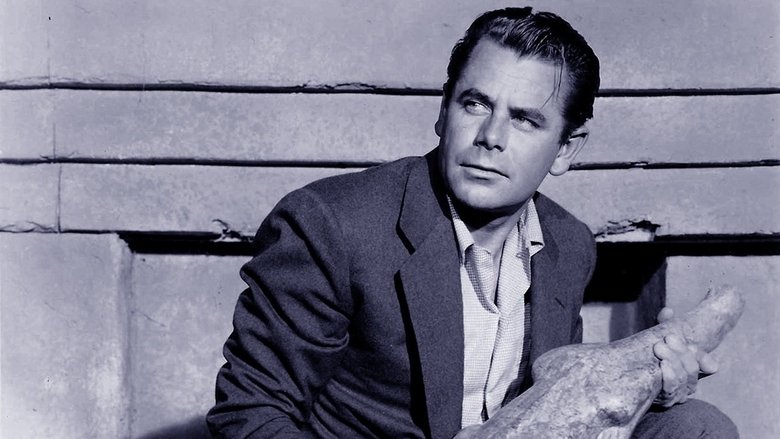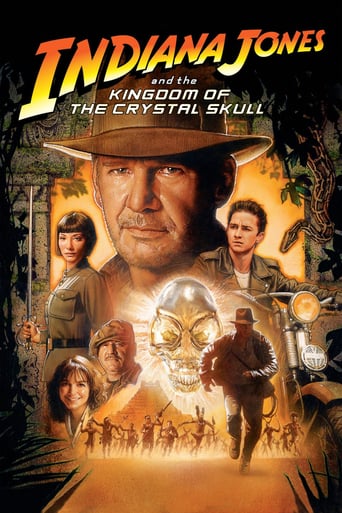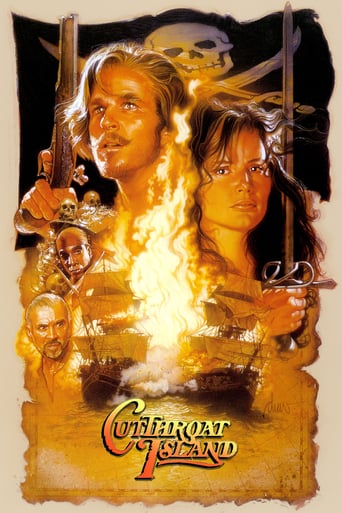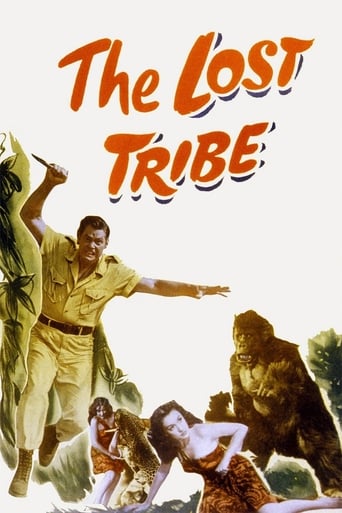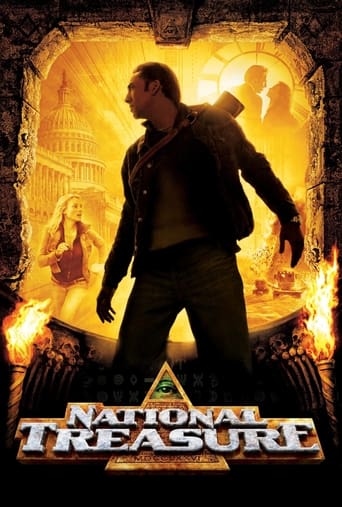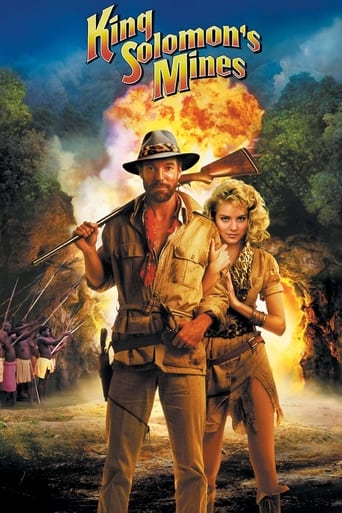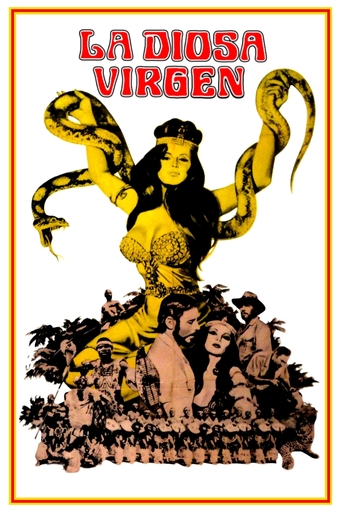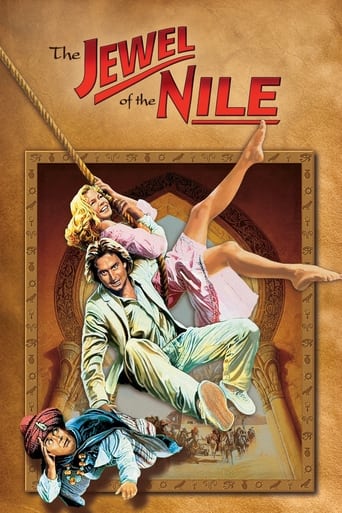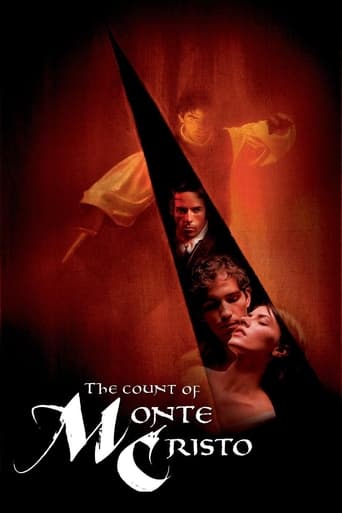Plunder of the Sun (1953)
An American insurance adjuster, stranded in Havana, becomes involved with an archaeologist and a collector of antiquities in a hunt for treasure in the Mexican ruins of Zapoteca.
Watch Trailer
Cast


Similar titles
Reviews
I like the storyline of this show,it attract me so much
You won't be disappointed!
So much average
Pretty Good
San Francisco insurance adjuster Glenn Ford (as Al Colby) is in hot water. He tells US authorities in Mexico what put him there Quickly, we flashback as Mr. Ford arrives in Havana, Cuba. Strapped for cash, Ford meets alluring Patricia Medina (as Anna Luz) at a bar and takes a job offered by her old and ailing companion Francis L. Sullivan (as Thomas Berrien). Plagued by a bad heart and confined to a wheelchair, Mr. Sullivan hires Ford to help them smuggle a small package into Mexico. En route, the newly formed trio meet sneaky blond Sean McClory (as Jefferson), who is interested in small packages. Ford also encounters tipsy tramp Diana Lynn (as Julie Barnes), who propositions him with the line, "I like well built men." Finally, the package Ford is carrying opens, and mysteries are revealed. Unfortunately the plot thins and several in the cast act types rather than parts. However, the location photography by Jack Draper makes it nice looking.***** Plunder of the Sun (8/26/53) John Farrow ~ Glenn Ford, Patricia Medina, Diana Lynn, Sean McClory
There is some impressive location shooting here. Nice shots of Zapotec ruins in Oaxaca, in southern Mexico, along with explanations of what it is we're looking at. Those ball courts at Monte Alban are pretty old. Some courts date to 1600 BCE. They had a flourishing civilization in Mesoamerica then. Know what was going on in Europe in 1600 BCE? Nothing.All these monuments and ball courts at Monte Alban don't impress the pragmatic American hero much. That would be Glenn Ford. "This is literally a doorway to the past," he narrates. Then he walks through the door and it's all forgotten because it's eclipsed by intrigues sexual and economic, and everything is dominated by the search for a hidden treasure. Bing Crosby and Bob Hope did this sort of thing better.It's almost a film noir pastiche. The bluesy musical score is a parody. There are scenes derived from, oh, I don't know -- "Murder My Sweet," various adaptations of Raymond Chandler, "Out of the Past," and "The Maltese Falcon." Ford, out of money in Mexico, which is -- I grant you -- a desperate condition to be sure, gives us the hard-boiled narration. "I took a black hairpin and a hunch and parlayed it into action." He's offered a thousand dollars to do a simple job of smuggling an envelope from Cuba into Mexico and it turns into a spider's web of villainy, greed, and betrayals. Ford gets knocked out. He knocks others out. A snub-nosed revolver is heard discharging from time to time. Patricia Medina is a good girl, or maybe not.Diana Lynn is definitely a bad girl. She was a cute teen ager in "The Major and the Minor" and in "The Miracle of Morgan's Creek." Here, ten years older, she essays the Gloria Grahame role but it's not her style but, I swear, if you close your eyes and listen to her voice she sounds exactly like Gloria Grahame. She's an attractive woman but I suppose the director has given her instructions to hold her shoulders back in order to thrust out her bosom. The result is an awkward bird-like posture that doesn't get more graceful when she moves around.Ford, who could be good, is wooden and inexpressive. And the worst casting error was making Sean McClory the worst of the heavies. They've died his hair blond and given him a flat top haircut. He always wears shades. And, no matter how hard he tries, he can't hide his Irish accent. He's handled roles that were mostly cheerfully comic but sometimes dramatic ("Island in the Sky") but as a slimy villain -- no.The best feature of the film is the location. The rest isn't worth going out of your way for. It's pretty humdrum.
Glenn Ford has one of his strongest roles in John Farrow's "Plunder of the Sun", playing a debt collector in over his head in the stolen antiquities market in Cuba and Mexico. The film is unique in its time and genre in that the entire film was made on location in Mexico, and the ancient ruins provide an interesting backdrop to the story and characters. It's a fun movie but ultimately all the build-up doesn't really lead to anything as interesting as it seemed it might.There are many elements here that will remind the viewer of Huston's "Maltese Falcon" the general theme centered around a stolen cultural artifact, the fat man with mysterious motives (in this case, Francis L. Sullivan), the weird violent guy chasing after the treasure (a bleached blond Sean McClory), etc. And then of course we also have some of the elements that are typical of many suspense films of the 40s/50s (the "noir" kind): the spoiled rich party girl Julie (Diana Lynn), devoted but devious glamour lady Anna (Patricia Medina), and a decidedly ambiguous leading man in Ford's Al Colby.So essentially we have a not-so-original story set in a very different and more convincing (because it's real) exotic setting, for what it's worth. I really enjoyed the scenes with Colby exploring the ruins when he first arrives in Mexico. Later we find that his character has apparently had a true spiritual epiphany on this occasion although his narrative comments only hint at this and he remains his typical ambiguous self through the rest of the film even going so far as to rob the ruins with the imminently unpleasant archaeologist Jefferson (McClory). This is typical of the problems I see in this film the resolution for the characters seemed in almost every case to be at odds with how they had been established earlier in the film, and there was little in the way of effective development to explain these changes. The film spends so much time building up the Julie character as a hussy from the Gloria Grahame school, but then it blows off all that steam with a lame hospital bedroom confessional scene. I really am not sure what they were trying to do with the Anna character. At times Farrow's direction and the costuming seemed to imply a kind of religious iconography, especially in the scene where Anna enters the room where Colby is arguing with Mexican archaeologist Navarro, with a procession behind her, wearing a kind of veil, and holding a gun in front of her like the rosary you could call her the may queen of death. But the film didn't really establish her very well as either a "fatale" character or a mature partner for the hero like most the characters in this film her actions seem arbitrary and to depend only on the circumstances that the plot demands. Speaking of Navarro, he's so underdeveloped that it's very jarring to find him later having an important impact on the plot's resolution. We don't even get his credit on IMDb, much less on the film itself, so I don't even know who played the role.Ford's strong characterization provides enough impetus to carry the film along; the writers apparently saw "Gilda" and decided that Glenn Ford would be even more popular if he was a complete misogynist. There are some really fun lines of dialog that he throws out there in his cynical way. I enjoyed the scenes where he devised the code to try to fool Navarro. McClory was also very impressive in a menacing character role. There are numerous small character parts that are all handled with great consistency by director Farrow.A final note one interesting aspect of this movie is that the various "hiding places" used in the film are all so terribly obvious that it's almost impossible to believe it was accidental. And I believe there was even a line of dialog in the film about the best hiding place being the most obvious one. Thus Ford hides the parchment in his shoes (duh!), with the hotel lobby clerk, etc. And then when they find the treasure it's "hidden" in a spot where tourists stroll by every day. After absconding with the treasure McClory and his accomplice "hide" in the warehouse of the city museum! I'm not really sure if there was a deeper reason why this theme was being addressed, but it does also apply to the film's romantic resolutions. Colby ends up with Anna, the first woman he speaks to in the film and one who he expected to sleep with that very night, and Julie ends up with Navarro's son, who she has seemed to take for granted through the entire film. Possibly this is an element that was interesting in the novel but underplayed in the film, I'm really not sure having never read the book.
Not much of David Dodge's novel remains in this film version, other than the names of some of the characters and the basic plot. American insurance investigator Al Colby is hired to smuggle a package out of Havana and into Oaxaca, Mexico. When the man who hired him is murdered aboard ship, Colby decides to find out what he is carrying and why it is worth killing for. Unscrupulous antiquities dealers, disgraced archaeologists, and desperate women all clash in a search for buried Zapotecan treasure. Glenn Ford is serviceable as Al Colby, but the plot is murky, the characters are under-developed, and the location is inexplicably changed from Peru to Mexico. Although it is long out-of-print, copies of the book are still relatively easy to find (unlike prints of this film, which is still tied up in Wayne estate litigation), and reading the book is a much better use of one's time.

